When it comes to gaming, the Mac platform is often overlooked in favor of Windows-based systems. However, with the right hardware and software configuration, you can build a gaming Mac that can rival any high-end gaming PC. In this guide, we’ll walk you through the process of building a gaming Mac from scratch, including hardware selection, software installation, and performance optimization.
Step 1: Choose Your Hardware
The first step in building a gaming Mac is selecting the right hardware components. Here are the key components you’ll need to consider:
CPU: The CPU is the brain of your computer, and it’s essential to choose a high-performance model for gaming. Apple’s Macs typically come with Intel or Apple-designed CPUs, and you’ll want to choose a model with at least four cores and a clock speed of 3 GHz or higher.
GPU: The graphics card is the most critical component for gaming performance, and Apple’s integrated GPUs are not up to the task. You’ll need to install a dedicated graphics card, and there are several options available, including Nvidia and AMD models. Look for a card with at least 4GB of VRAM and a high core clock speed.
RAM: Gaming requires a lot of memory, and you’ll want at least 16GB of RAM for optimal performance. Look for DDR4 memory with a high clock speed for the best results.
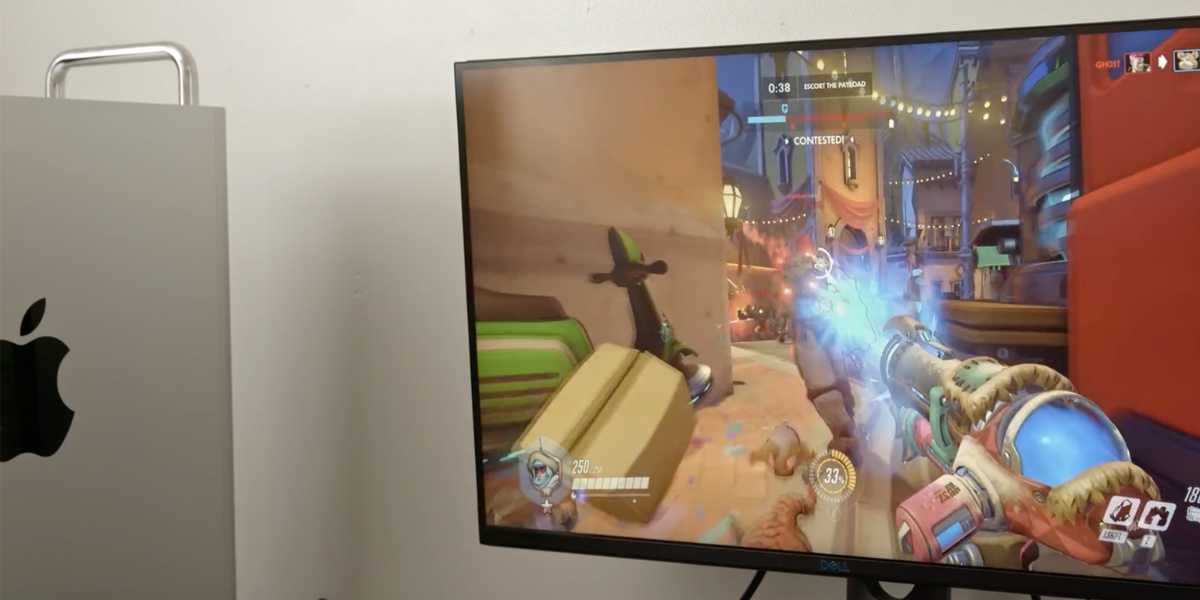
Storage: You’ll need a fast and reliable storage solution for your gaming Mac, and an SSD is the best option. Look for a PCIe-based NVMe SSD with at least 500GB of storage capacity.
Cooling: Gaming can generate a lot of heat, and it’s important to choose a cooling solution that can keep your components running at optimal temperatures. Consider installing liquid cooling or high-performance air cooling to keep your system cool.
Step 2: Install macOS and Boot Camp
Once you’ve assembled your hardware components, it’s time to install the macOS operating system. You can download the latest version of macOS from the Apple website and create a bootable USB drive using a tool like DiskMaker X. Once you’ve created the USB drive, plug it into your new gaming Mac and follow the on-screen instructions to install macOS.
Next, you’ll need to install Boot Camp, which allows you to run Windows on your Mac. Boot Camp is included with macOS, and you can find it in the Utilities folder. Follow the on-screen instructions to partition your hard drive and install Windows.
Step 3: Install Gaming Software
With Windows installed on your gaming Mac, it’s time to install the gaming software you’ll need to play your favorite games. Here are the key software components you’ll need:
Steam: Steam is the largest gaming platform on the planet, and it’s essential for any serious gamer. Download and install Steam, create an account, and start downloading your favorite games.
Graphics Drivers: To ensure optimal performance from your graphics card, you’ll need to install the latest graphics drivers. Visit the Nvidia or AMD website and download the latest drivers for your card.
Game Optimizers: There are several game optimization tools available that can help you fine-tune your gaming performance. Popular options include Razer Cortex and GameGain.
Step 4: Optimize Your Gaming Performance
Once you’ve installed all the necessary software, it’s time to optimize your gaming performance. Here are some tips to get the most out of your gaming Mac:
Adjust Your Graphics Settings: Every game has its own graphics settings, and it’s essential to find the right balance between visual quality and performance. Start with the recommended settings and tweak them to your liking.
Overclock Your GPU: If you’re comfortable with overclocking, you can boost your GPU performance even further. Use a tool like MSI Afterburner to overclock your graphics card and adjust the clock speed and voltage settings.
Monitor Your Temperatures: As mentioned earlier, gaming can generate a lot of heat, and it’s important to keep an eye on your temperatures to avoid overheating. Use a tool like HWMonitor to monitor your CPU and GPU temperatures.
Close Background Applications: Running too many applications in the background can slow down your gaming performance. Close any unnecessary applications before launching your game.
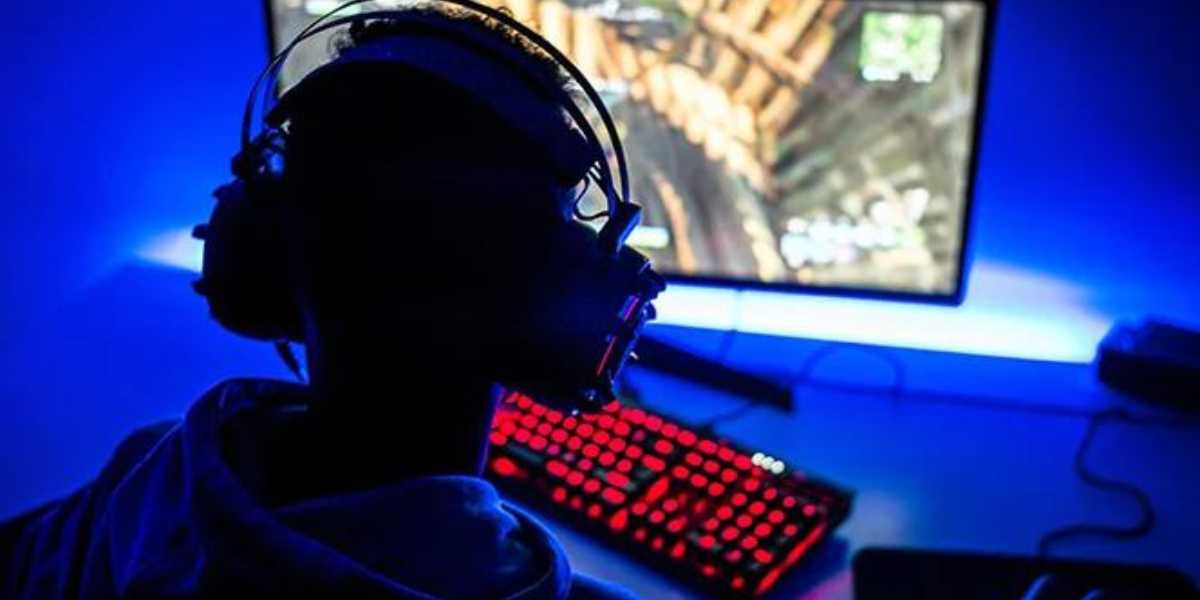
Upgrade Your Components: If you’re not satisfied with your gaming performance, consider upgrading your hardware components. You can upgrade your RAM, graphics card, or even your CPU to boost your performance.
Step 5: Maintenance and Upkeep
To ensure your gaming Mac stays in optimal condition, it’s important to perform regular maintenance and upkeep. Here are some tips to keep your system running smoothly:
Clean Your Components: Dust and debris can accumulate on your hardware components over time, which can lead to overheating and performance issues. Use compressed air or a soft brush to clean your components regularly.
Update Your Drivers: It’s important to keep your graphics card and other hardware drivers up to date to ensure optimal performance. Check for updates regularly and install them as needed.
Defragment Your Hard Drive: Over time, your hard drive can become fragmented, which can slow down your system. Use a tool like Disk Utility to defragment your hard drive periodically.
Backup Your Data: Gaming can be a data-intensive activity, and it’s important to backup your data regularly to prevent data loss in the event of hardware failure. Consider using a cloud backup service or an external hard drive to backup your important files and data.
Step 6: Troubleshooting
Even with the best hardware and software configuration, issues can still arise while gaming on your Mac. Here are some common troubleshooting tips to help you diagnose and fix any issues:
Check Your Internet Connection: If you’re experiencing lag or slow performance while playing online games, check your internet connection. Make sure you have a stable and fast internet connection and try restarting your router if necessary.
Update Your Software: Outdated software can cause performance issues or even crashes while gaming. Make sure you have the latest updates installed for your operating system and game.
Check Your Hardware Components: Overheating or hardware failures can cause crashes or other issues while gaming. Check your hardware components, like your graphics card and CPU, to make sure they’re running smoothly and not overheating.
Adjust Your Graphics Settings: If you’re experiencing low frame rates or other graphics-related issues, adjust your graphics settings in the game. Lowering the graphics quality can often improve performance.
Conclusion
Building a gaming Mac can be a rewarding experience, and with the right hardware and software configuration, you can enjoy smooth and immersive gaming experiences. Start by selecting the right hardware components, installing macOS and Boot Camp, and installing the necessary gaming software. Once everything is set up, don’t forget to optimize your gaming performance to get the most out of your gaming Mac. Happy gaming!



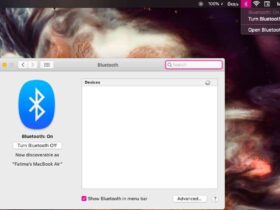
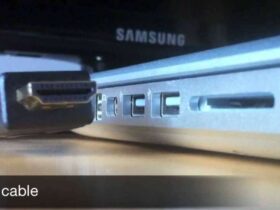
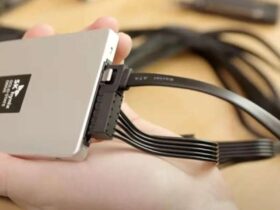
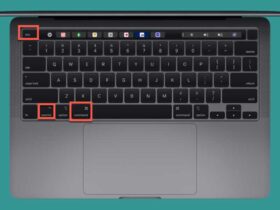
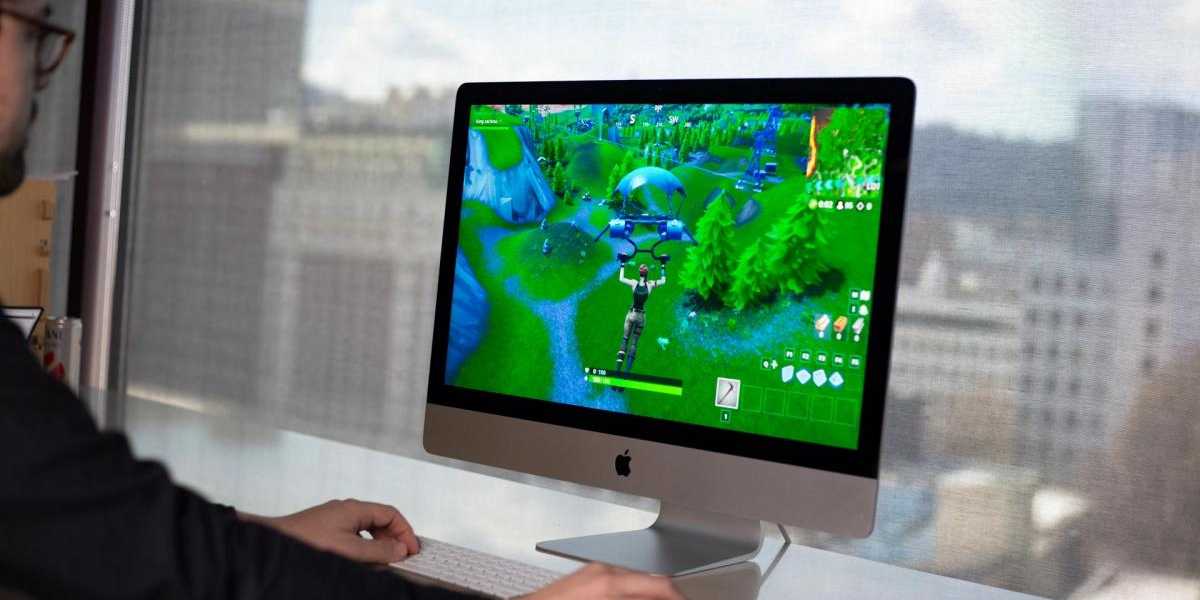




Leave a Reply